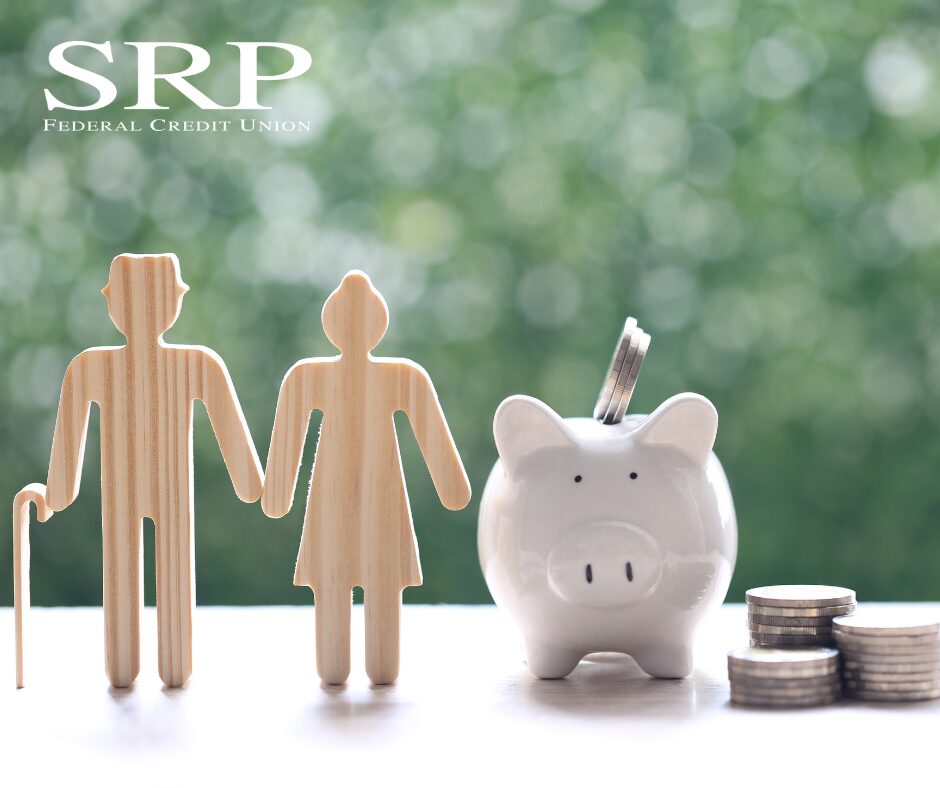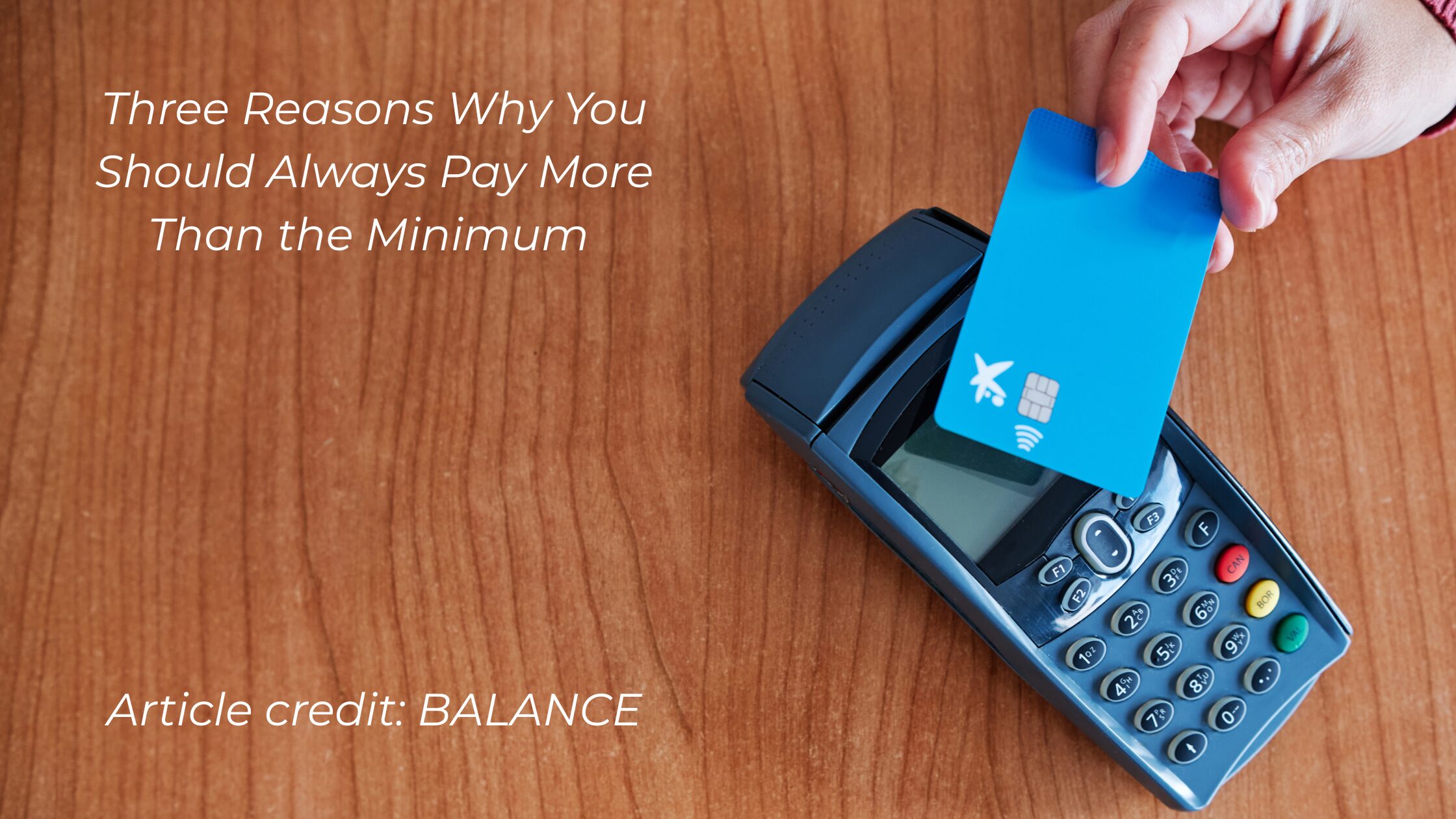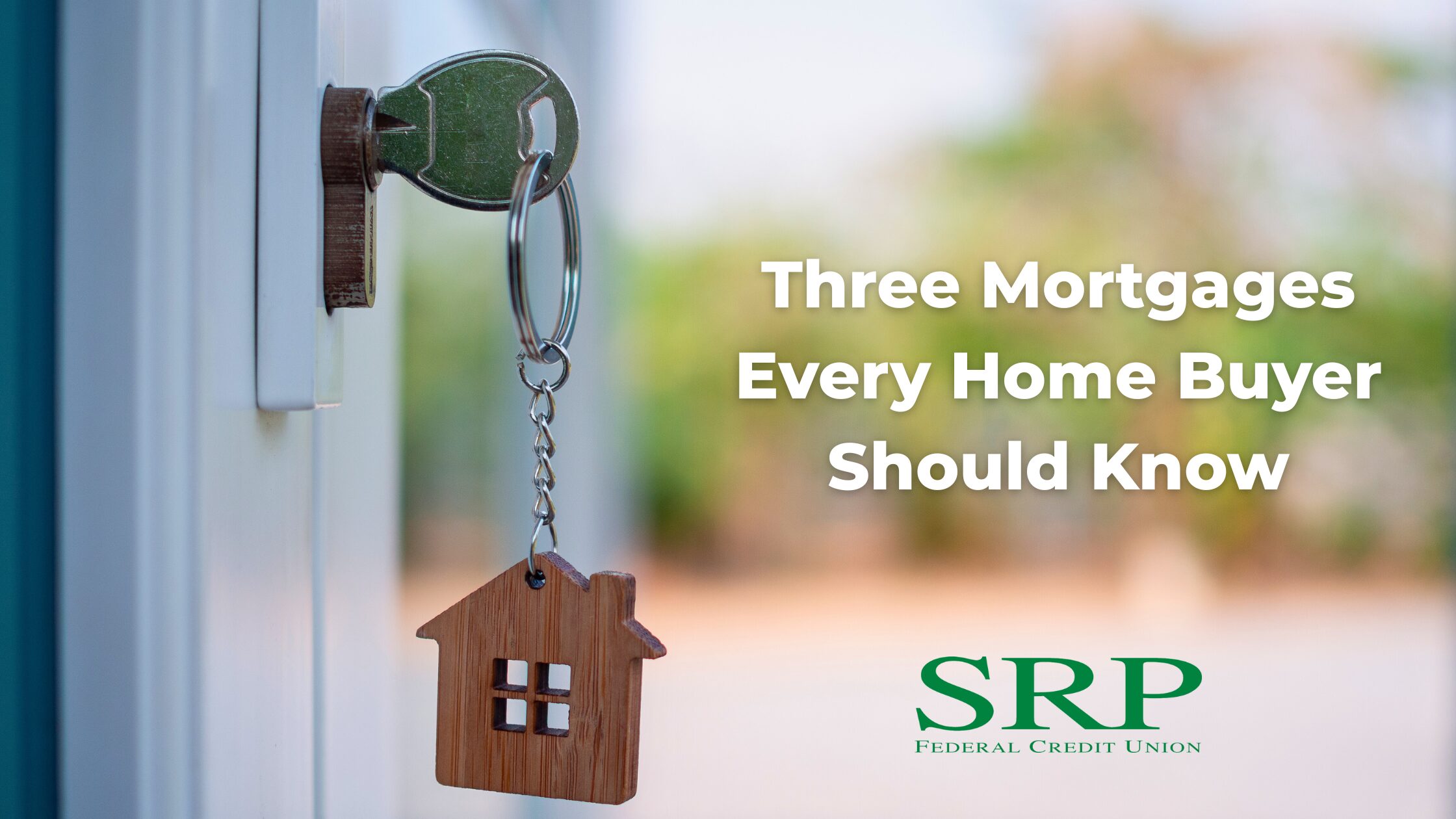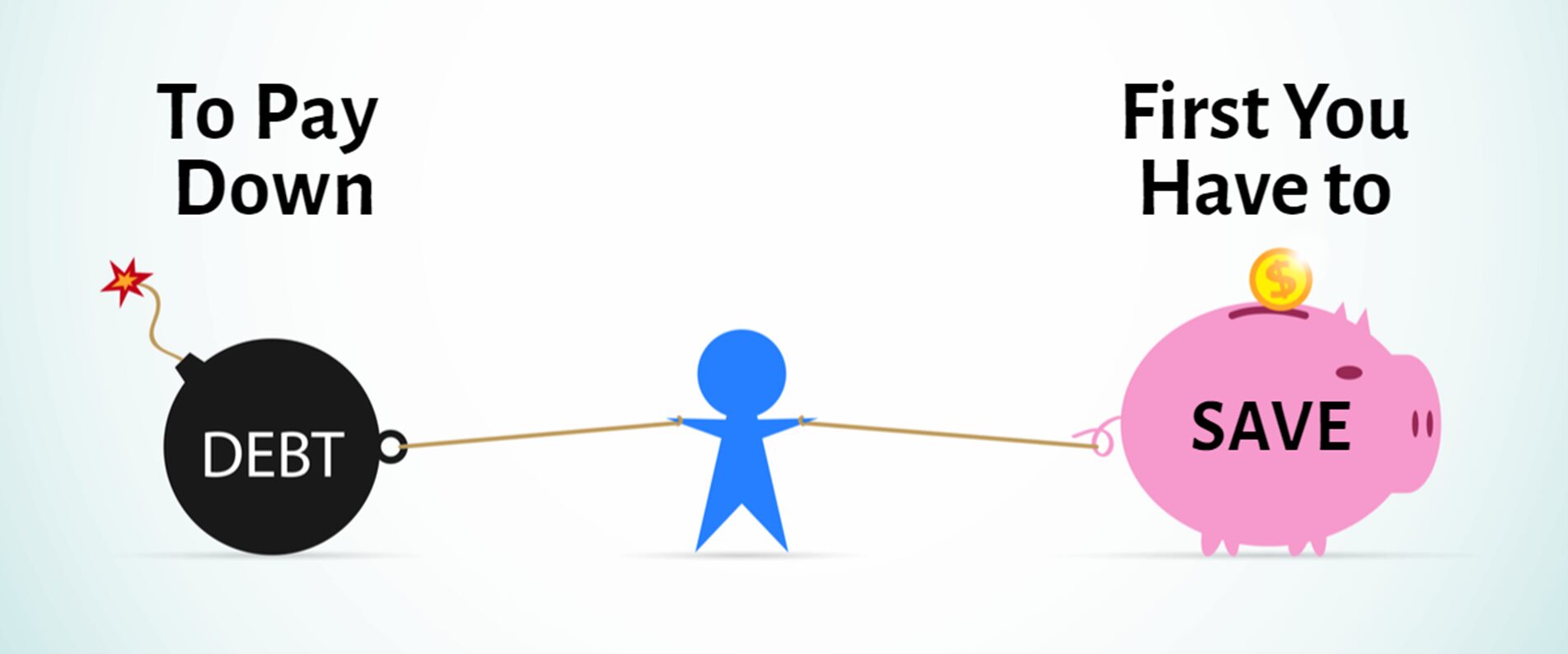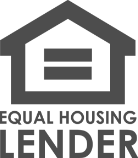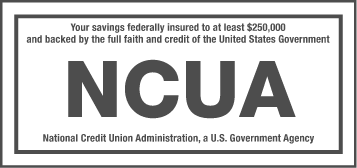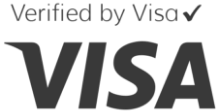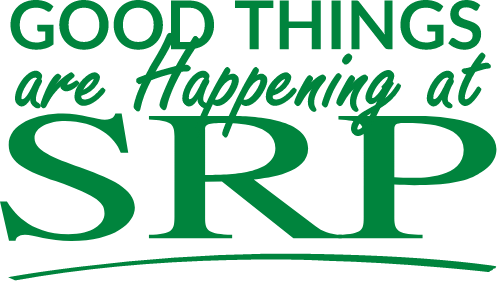
Daily Habits That Make Building Wealth Easier
posted on
June 16, 2025
It is easy to think of wealth as something that happens overnight. The media often emphasizes rags to riches stories, forgetting how rare those scenarios are. News sites share stories of happy lottery winners, reports that overlook the enormous odds ticket buyers face.
Given these misperceptions, it is easy to see why so many people haven’t taken the steps that could help them achieve their financial goals. Goals that may seem unattainable. With discipline and hard work, building wealth is possible. Here are a few strategies and everyday habits that can make wealth building easier.
Pay yourself first
Pay yourself first, or “PYF,” is perhaps the most effective wealth-building habit and one of the easiest to implement. With this simple strategy, you direct part of every paycheck to a savings account, mutual fund, or other investment vehicle, forcing yourself to live on less than you make.
Know how much is in your accounts
There is a reason why financial institutions make so much money on overdraft fees. A shocking number of account holders have no idea how much money is in their account. As a result, they are blindsided when writing a check or withdrawing cash from an ATM sends their balances negative. Knowing how much is in the account is an essential first step toward controlling unexpected costs and taking control of your finances.
Prioritize fee reduction and demand real value for your money
Those who manage to build wealth know that prioritizing fee reduction is a vital first step and that every dollar not spent on management costs is one more dollar that can be invested. The wealthy, and those on their way, always demand value for the money they spend on their investments.
Deposit (or invest) raises, bonuses, and other found money
If you want to build wealth, start by putting bonuses and other found money in a savings account or investing the cash in a mutual fund or other low-cost investment. When wealth builders get extra money, they avoid lifestyle inflation, opting instead to beef up their savings and investment accounts.
Take advantage of tax savings
From 401(k) contributions to IRA accounts to health savings accounts, some types of investments have a double and even triple advantage. One of the most effective ways to build wealth is to prioritize investments that offer tax savings and the promise of tax-free withdrawals. Consult a tax advisor to determine the best strategies for your situation.
Develop multiple streams of income
One of the fastest ways to build wealth is to bring in extra money, which starts with developing multiple income streams. That could be a side hustle, a home-based business, or even rental real estate. The idea is to generate extra cash, money that can be saved and invested.
Save on everyday purchases
People who are successful at building wealth look for ways to save money on everyday purchases. These people choose generic and store-brand products when they go grocery shopping. You might even see them scanning the racks of the local thrift store for gently worn designer duds and used but still pristine furniture and home décor.
Take the long view
Building wealth will be a slow and steady process unless you are the one in several million who buys that winning lottery ticket. If you want to succeed, it pays to adopt the long view, saving consistently, taking calculated risks, and tracking your progress over time.
Conduct an annual financial review
Successful wealth builders know where they stand and where they are going. So they conduct annual reviews of their finances, including emergency savings, investments, insurance, and all other expenses.
Building wealth is not an easy process; in many cases, it is not fast either. If you want to build wealth for the long term, start today, and adopt these smart habits that can help you succeed. The strategies listed above can help you get started, one dollar, and one day, at a time.
This article is for informational purposes only and is not intended to provide tax, legal, or accounting advice. You should consult your own tax, legal, and accounting advisors for advice. Membership required. SRP is federally insured by NCUA.
Article Credit: BALANCE
